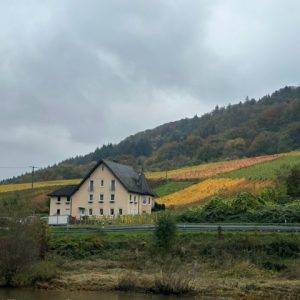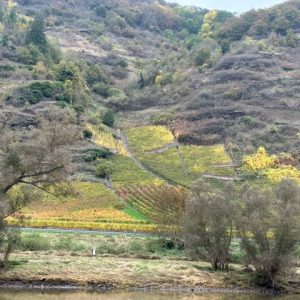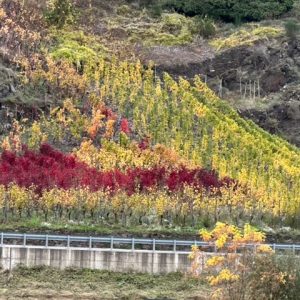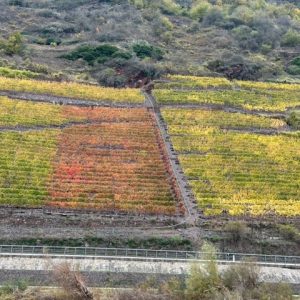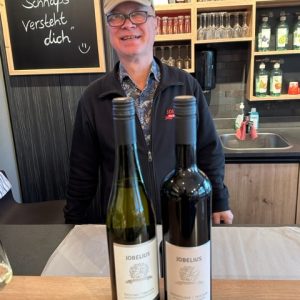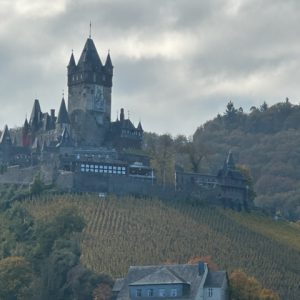Mosel Valley, Germany
Last week, I visited a northern area of the Mosel Valley (Moselle in French) between the towns of Bullay and Cochen in Germany.
The Mosel River rises in the French Vosges mountains, and crosses the border into Germany around the town of Perl. It continues to Cochen, and then Koblenz where it meets the Rhine River.
I took a train from Paris to Luxembourg, then onto Cochen, passing by Trier. It was a lovely train trip. But for the return, I took a local bus from Cochen to Bulley, and then a train back to Luxembourg.
The bus trip was stunningly beautiful, as the bus followed closely the Mosel River, which meanders nearly 250 km overall, to cover about half that distance as the crow flies.
The Cochem district is home to some of the steepest vineyards in the Mosel, planted on soil composed of blue devonian slate, red slate and quartzite. The steepest vineyard in Europe, the Bremmer Calmont is here.
On these precipitous inclines, nearly all grapes have to be picked by hand.
The Romans planted the first vineyards along the Mosel river and the city of Trier around the second century. The Mosel is considered the oldest winemaking region in Germany. Countless finds, including several wine presses from Roman times, testify to the long history of viticulture here.
The Mosel winegrowers are specialists in Riesling, which covers about 60 percent of the vineyards. Müller-Thurgau is the second most widely planted variety.
Red wines, especially Pinot Noir and Dornfelder, are now being grown. Dornfelder is a dark-skinned variety of grape of German origin used for red wine. It was created by August Herold at the grape breeding institute in Weinsberg in 1955.
I tasted and bought bottles of Reisling and Dornfelder. Just 7 euros each. Both were well balanced and excellent wines.
